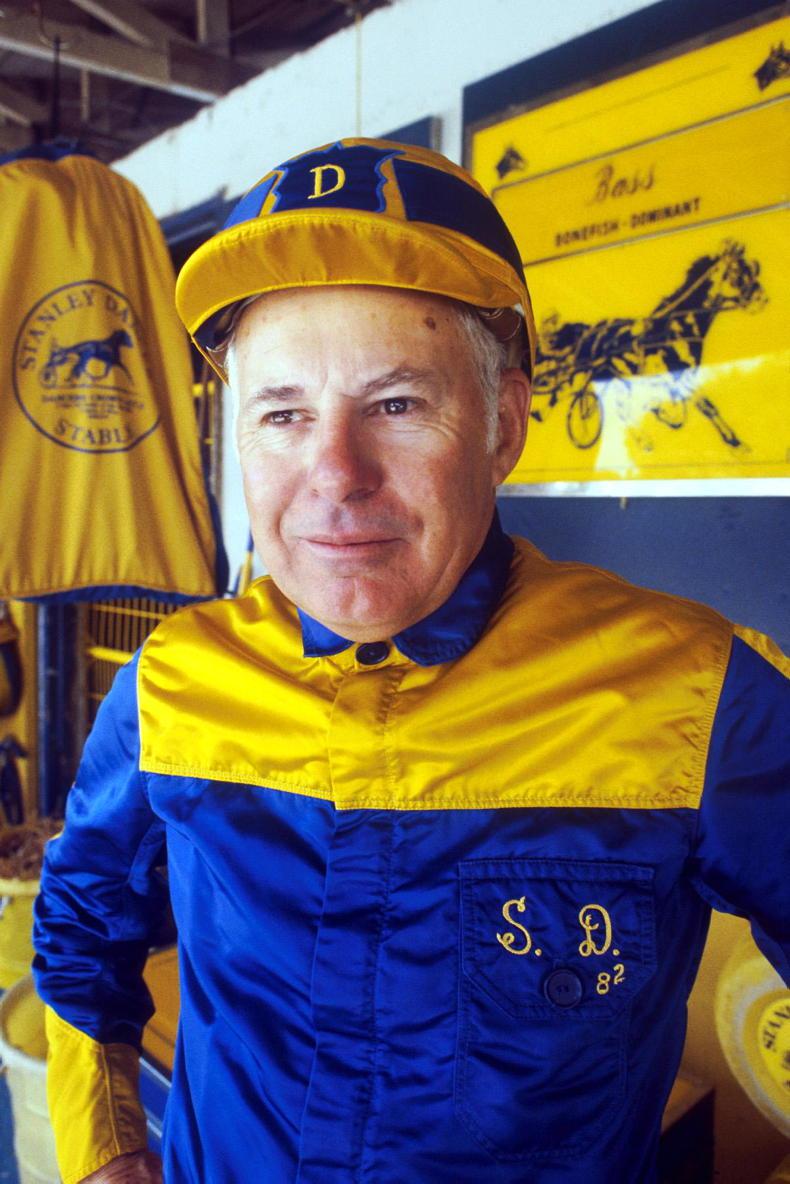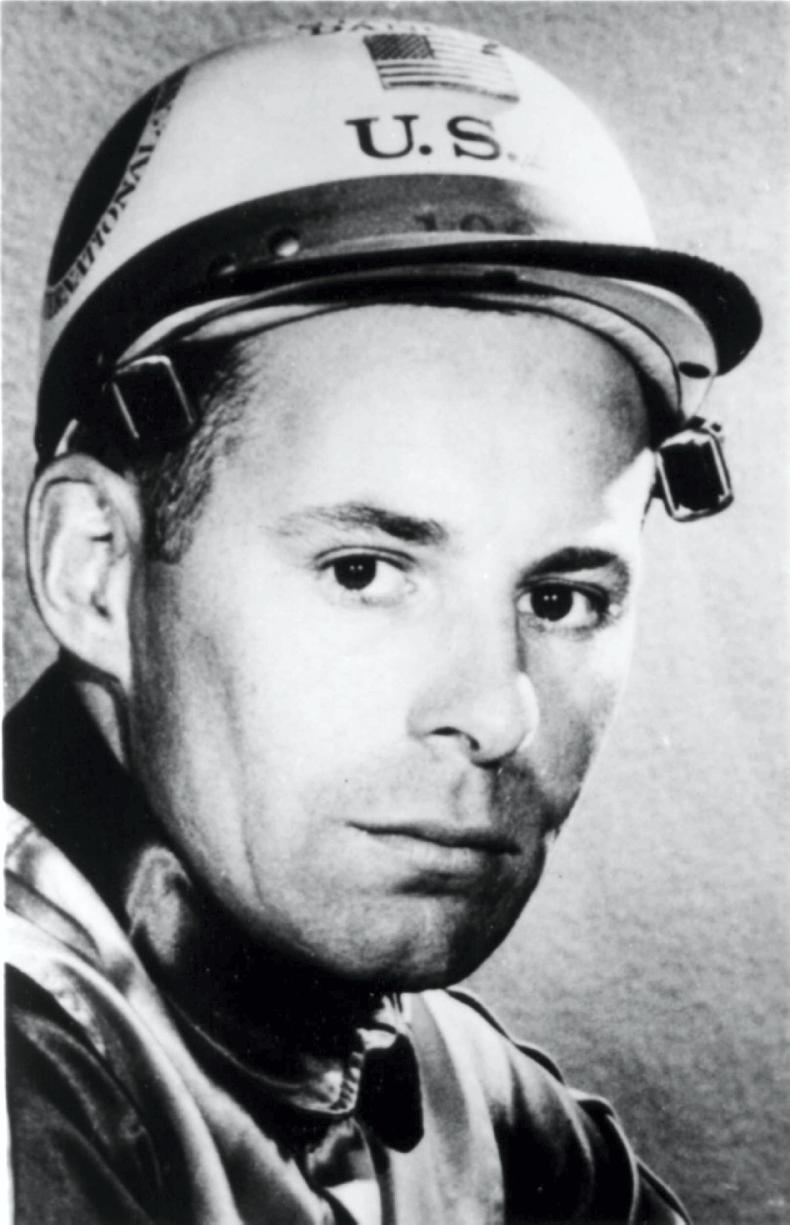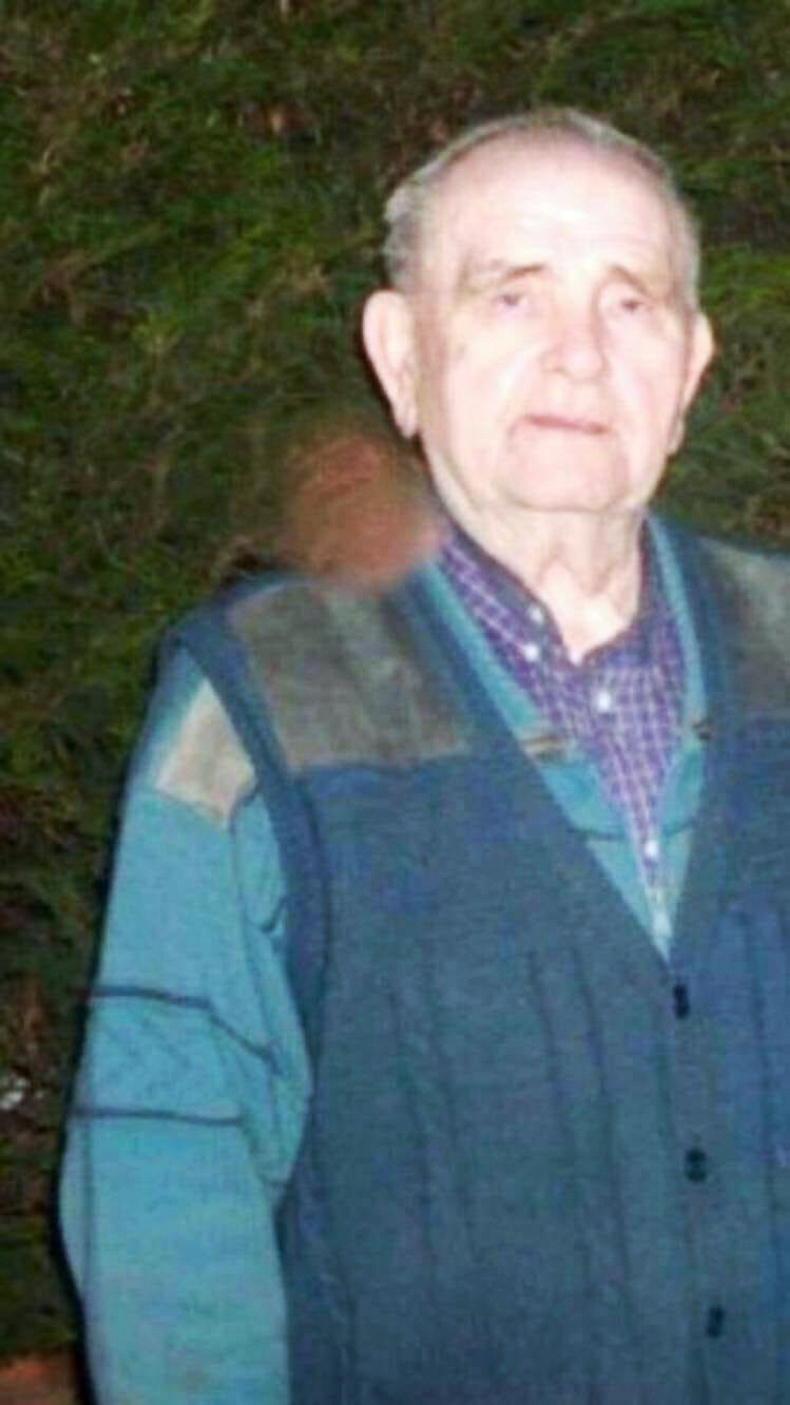STANLEY Dancer (1927 – 2005) of New Jersey was the best known trainer and driver of his day. He started out in harness racing in the post war boom years. Pioneers such as George Morton Levy were determined to take the sport from the laid-back atmosphere of the country fairs and they built palatial stadia with floodlights, glass fronted restaurants and indoor betting halls.
The story goes that in 1948 Stanley Dancer and his first wife Rachel pooled their resources, bought an old trotter called Candor and set off to the races in a battered trailer.
Talent soon rises to the top and by the time Roosevelt Raceway, New York, was in its heyday, Dancer and his friend and rival Billy Haughton were labelled ‘The Gold Dust Twins’ as so many big races of the 1950s and 60s seemed to be fought between the two young men.
Prior to Dancer, many races were a waiting game until the final quarter. The young gun changed all that - he had his horses super fit, and was not scared to ‘send’ them, basically get them to the front and keep going. It worked well until others began to copy the tactic.
Bob Heyden, a keen historian of harness racing, explains: “Between 1967 and 1972 Stanley Dancer was at his peak. He trained five Horse of The Year winners, and three Triple Crown winners.”
Until the 1980s most of the top trainers drove their own horses. A sea change came in 1984 when Billy Haughton got off Nihilator and put up Billy O’Donnell, a catch driver, as these guns- for-hire became known.
“I figure I’d rather have him driving for me than trying to beat him,” said Haughton at the time and so the era of the trainer/driver ended. Therefore Dancer’s accomplishments of developing a colt from his early jog miles until the three-year old-classics will probably never be emulated, at least as both trainer and driver of a given horse.
Dancer could turn his hand to any class of animal. Su Mac Lad was a free-for-all (top grade) aged gelding. Nevele Pride carried all before him in the two-year-old and three-year-old trotting ranks.
Dancer won most of the big races with Albatross at three and four although the pair famously came out worst in a tactical two-horse race in the 1971 Little Brown Jug race -off. They were out-boxed that day by Herve Filion on the much less accomplished Nansemond. Stanley publicly declared that he would not come back to ‘The Jug’ again until he could win it. He duly obliged in 1976 with Keystone Ore.
Tom Charters, former president of The Hambletonian Society, recalls Stanley’s eye for detail. The trainer could even distinguish when a portrait painter had captured any bumps and blemishes on a champion’s legs or when another artist had simply painted the legs as perfect. Irish champion driver John Richardson met Dancer when his family visited the US in the winter of 1981. “Stanley was jogging the yearling Dancers Crown and was clearly mad about the horse.”
Dancers Crown won his first eight races at two and another three at three before he died following complications of colic. “We used to get the Harness Horse magazine from some Aer Lingus pilots, and I followed Dancers Crown’s results that year.”
Weighed heavily
The loss of Dancers Crown weighed heavily on Stanley. By the time the 1983 Hambletonian came round he decided to enter Duenna, a filly, and won the sport’s first $1 million trot against colts. Duenna was owned by Norman Woolworth of the bargain store chain; he was a long-term patron of Dancer.
“The whole set up was the cleanest yard I’ve ever been in,” adds John Richardson. New grooms were handed a type-written list of rules - some with exacting detail, around how to turn the horse out and most importantly, care after exercise.
The gold shoulders, dark blue body were the best-known colours in trotting in those days and the barn area was bedecked in that theme. The world record may have improved by nine seconds since Stanley Dancer’s prime, but few will ever match his horsemanship.
With thanks to Murray Brown, Moira Fanning, Janet Terhune and Steve Wolf for background information.
HARNESS trainer Stanley Dancer may have died 18 years ago but such was his dominance that his influence will live on for many years to come.
His was the glamorous stable of the sport. He drove the winners of $28 million and won 3,781 races. He trained most of his winners himself. Dancer’s champions have produced hundreds of foals, often better than they were.
A few living relatives of Stanley are still involved in trotting although none of them have an operation as large or as successful as the original set up. The home base, Egyptian Acres, near Freehold is still a harness racing training centre but is home to several trainers, without the famous ‘Dancer’ surname.
Joe Bongiorno is currently a leading driver in the US. He is a great grandnephew of Stanley Dancer. A nephew, Ronald, is a racing judge. Stanley’s son Ronald Dancer (d. 2022) did train trotters but later entered politics and became a state assemblyman.
Worldwide fame means just that. Stanley reached New Zealand where in 1964 he bought their top pacer Cardigan Bay and brought the tough old war horse to New Jersey. Even though ‘Cardy’, an eight-year-old, had already dozens of tough races under his belt, Dancer somehow kept him sweet and sound for another five seasons and he became the first harness horse in the world to win US$1 million.
Cardigan Bay and Stanley appeared on the Ed Sullivan show. The horse was honoured with a postage stamp in his image in New Zealand.
Part of the deal with Cardigan Bay was that the horse was to be shipped home to New Zealand to retire. As a gelding he would exert no further influence on the harness racing sport.
Not so, for dozens of Dancer’s regally bred youngsters who would fill the barns of three continents with stakes winners and record breakers.
He trained Zoot Suit in the 1976 season although Nevele Thunder was the stable number one choice that year. Zoot Suit went on to become one of the leading sires in Sweden. He sired Enorm, definitely the best trotter of his generation, some would say of all generations to race in Ireland. Enorm was campaigned by Tom and Alan Richardson for Robert McWillams.
Albatross (f. 1968) is probably the horse most associated with Dancer. The harness and general press dubbed the son of Meadow Skipper ‘Big Bird’, even though he was small in stature. Albatross was not the most successful sire from the Meadow Skipper line but he did give the world Niatross.
Niatross took three seconds (15 lengths) off the world pacing record by clocking 1.49.1 in 1980. He in turn would sire Nihilator who dominated the pacing ranks at two and three.
The Niatross line, relatively speaking, has petered out to some extent in pacing pedigrees. Niatross did have some influence in Ireland. Hughie Richardson stood his son Grand Prix whose best foal was Double M, winner of Musselburgh for Brenda Dean. Grand Prix left a good few steady but unspectacular performers here in the 1980s and 90s.
Most Happy Fella was the star of the 1970 season. Also by Meadow Skipper, he was taller and if anything, badly gaited.
Most Happy Fella’s descendants include Bettors Delight, one of the most sought-after sires in the world today. Through Most Happy Fella’s son Cam Fella we have Sure Cam, a successful racehorse and sire for the late Liam Wallace.
Again, Most Happy Fella gave Ireland Flight Messenger, an unraced son of Duchess Gay. The stallion stood with a variety of stallion keepers here.
Some of the offspring were big and gangly but the best of them were champions; Newtown Rascal, Another Rascal, Surprise Skipper, Air Mail and Newtown Lorraine, to name but a few.
EDDIE Doherty of Belfast passed away on Saturday, February 25th, at the age of 89. Eddie, known by many as ‘Doc’ wore many hats in harness racing. He was an owner, trainer and driver. At Lambeg Stadium he ran racing and helped to keep harness racing alive during the dark days of the troubles. Eddie specialised in putting newcomers ‘’into trade’’ which was the old phrase for selling someone their first ‘yoke’ - a horse, harness and sulky. He sold my late father the mare Lagonda in 1985 “for the wee lad to learn on’’ and thus landed me with an expensive habit. Sympathies go to Eddie junior, his daughter Barbara and the wider family.


 This is a subscriber-only article
This is a subscriber-only article
 It looks like you're browsing in private mode
It looks like you're browsing in private mode








SHARING OPTIONS: